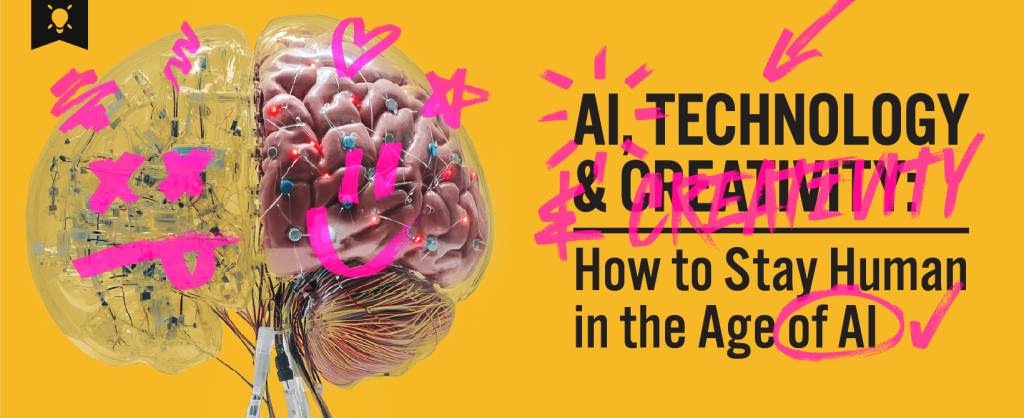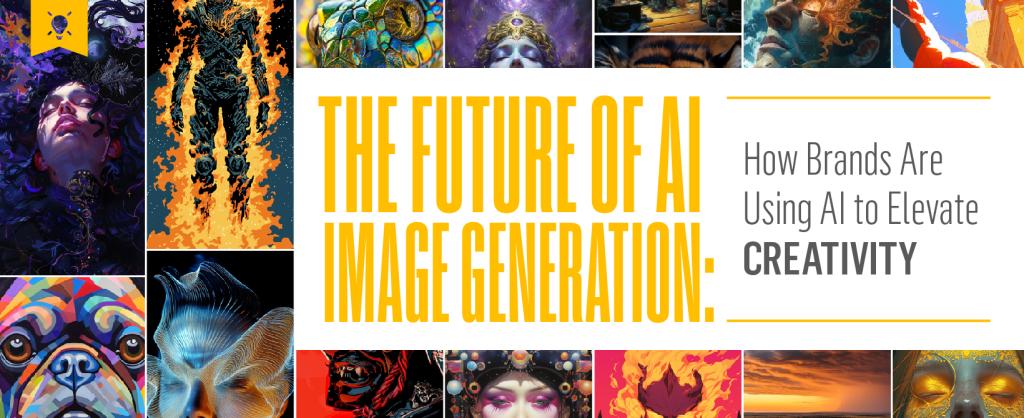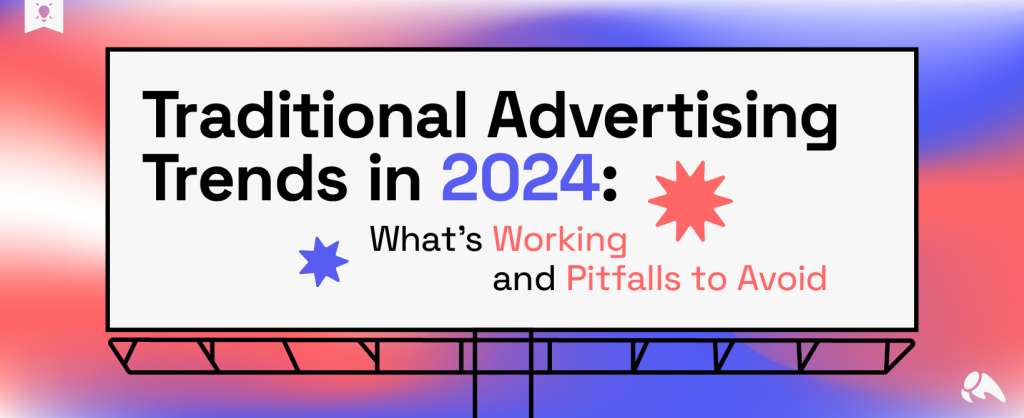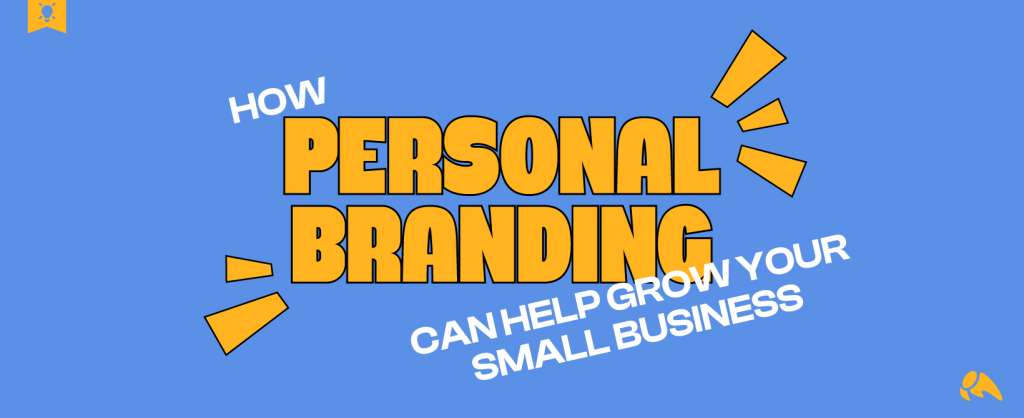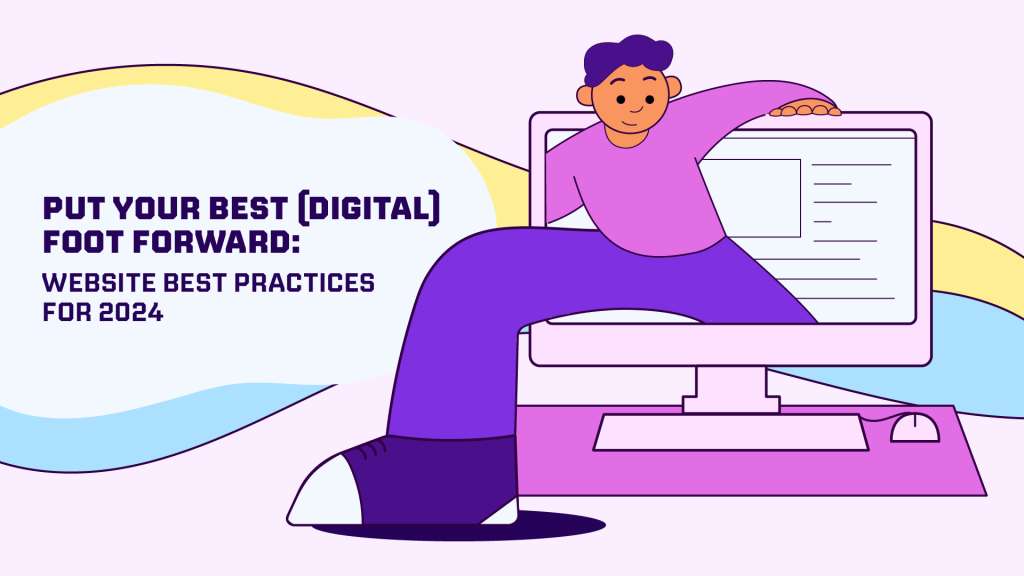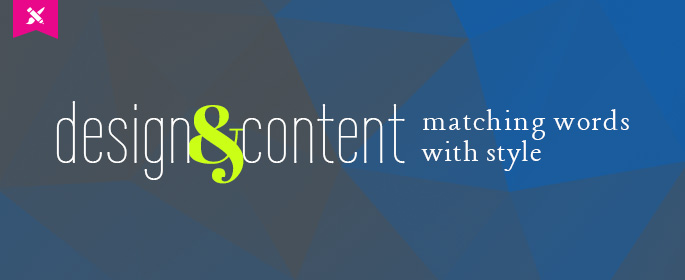
In the creative agency realm, it’s hard to imagine two areas of expertise more closely married than content and design. From direct mail to billboards, website creation to digital marketing and everything in between, the two are intertwined, constantly influencing one another in what we call ‘communication design.’ Luckily, more and more, agencies are allowing these specialities to work together in an integrated manner – and the results show it.
Beginning with the Message
When we begin a creative project, content typically starts the fire, fueling understanding for design. Ideally, the individuals responsible for content and design should be introduced to a project at the same time, in order to begin with a mutual understanding, and to formulate a solution together.
After the initial briefing of the project, the copywriter is often the first to begin his or her responsibilities. This may mean a list of suggested billboard headlines, the full copy for a printed brochure, proposed navigation for a sitemap, or something else entirely. Whatever it is, it often begins with establishing the message to be communicated, and writing the associated copy.
But it’s by no means a hand-off, where content wraps up an idea in a pretty bow, gives it to a designer, and never touches it again. Instead, the two collaborate, and simultaneously build off of one another. Design may look at content for a landing page and say, “Hey, this is a little long. Can we say this more succinctly?” And content will circle back and re-approach the wording, or perhaps design will come up with a visual element to evoke the feeling, allowing for shorter content. This creative interplay is essential for developing marketing collateral that is relevant in a meaningful context.
Content often sets the stage for design opportunities, whether it’s informative and data-driven, like a statistic, or something more emotional. Design can help articulate abstract concepts and evoke a reaction from your message that may have been lacking from content on its own. Written calls to action will also elicit strong design opportunities to draw attention and get viewers to act.
Framework and Functionality
A successful design can be the difference between a decent message and a powerful one. Design elements help organize content and provide context for the viewer. Colors, typography and imagery set the mood from calm to urgent, happy to depressing, and every emotion in between. Design can also help to build functionality and spark experimentation in development and other techniques of creativity. A new approach to design can breathe fresh air into a brand, which in turn influences the content to freshen up, too.
As design and content experts collaborate, the designer pulls out meaningful concepts and informative pieces from the content to work into the look and feel of the project. If content needs adjustment, for length or a stronger call-to-action, design is able to provide a mock version to illustrate the intent of design and help reconsider the content or the design can be altered to accommodate important content elements. Working together, they assess whether there are visual avenues that might more succinctly state the overarching goal, garner the desired reaction with fewer words or be designed to accommodate lengthier messages with the appropriate visual styling.
Often times successful design delivers an immediate “AHA” moment for the viewer, absorbing both content and design in unison. It often takes trial and error to get to this point, where we are certain we’re saying it in a way that offers the clearest understanding to our target audience. We need to be both informative, and intuitive for the user. We can put up twenty signs in our front lawn that say “Open House,” but nobody will come in if they can’t see the front door.
Evaluation by Content & Design – Together
“If you want to go fast, go alone. If you want to go far, go together.” – African Proverb
At Overit, our team members have their specialties, but we work in an integrated manner. Each and every project is looked at as a group effort, not an isolated assignment. Once a project has been designed, it should be presented internally for all areas of expertise, including design and content, to evaluate the piece and see if there are any new opportunities for content, or any potential disconnects between design and intended functionality.
Once it’s passed to a client, it’s likely that they will have input, too. Based on their feedback, the teams might need to alter the design of certain elements, or re-organize or re-write content. During these revisions, it’s especially important that design and content work together to strengthen the message, or incorporate new features.
Design and content don’t work as separate ends of a process. They work collaboratively to tell a story and communicate an idea or concept to an audience. Together, they are problem solvers, working to deliver relevant content in meaningful context to elicit a desired reaction or response.
